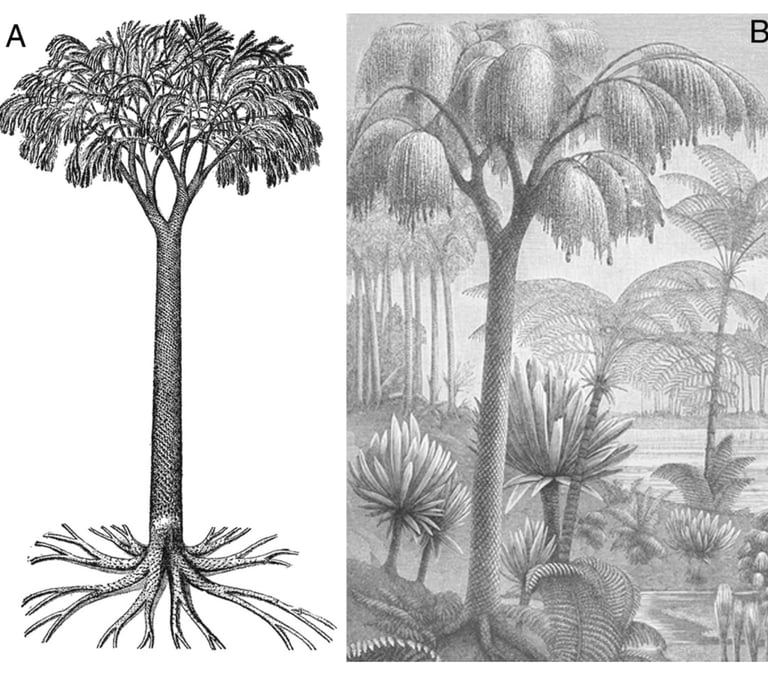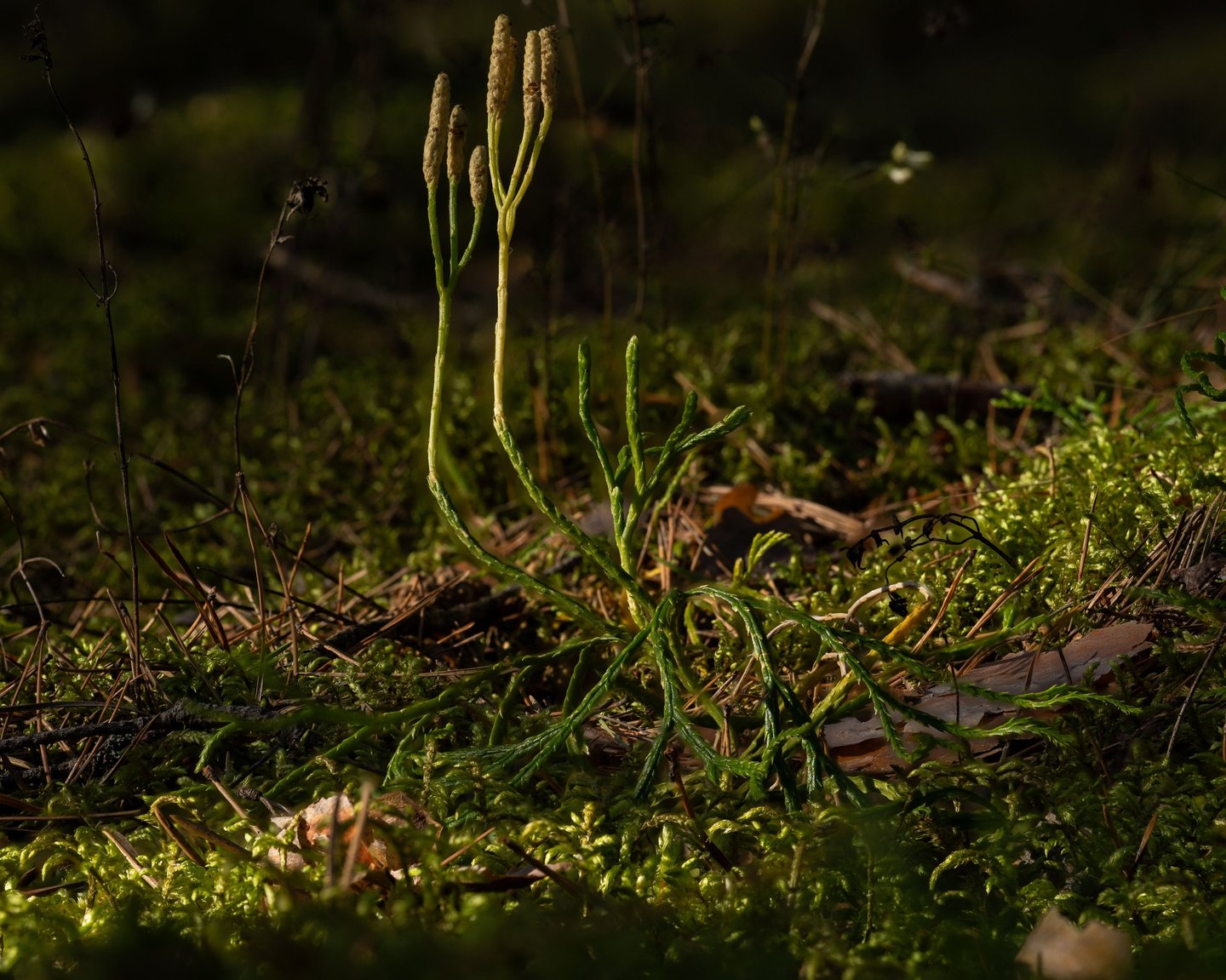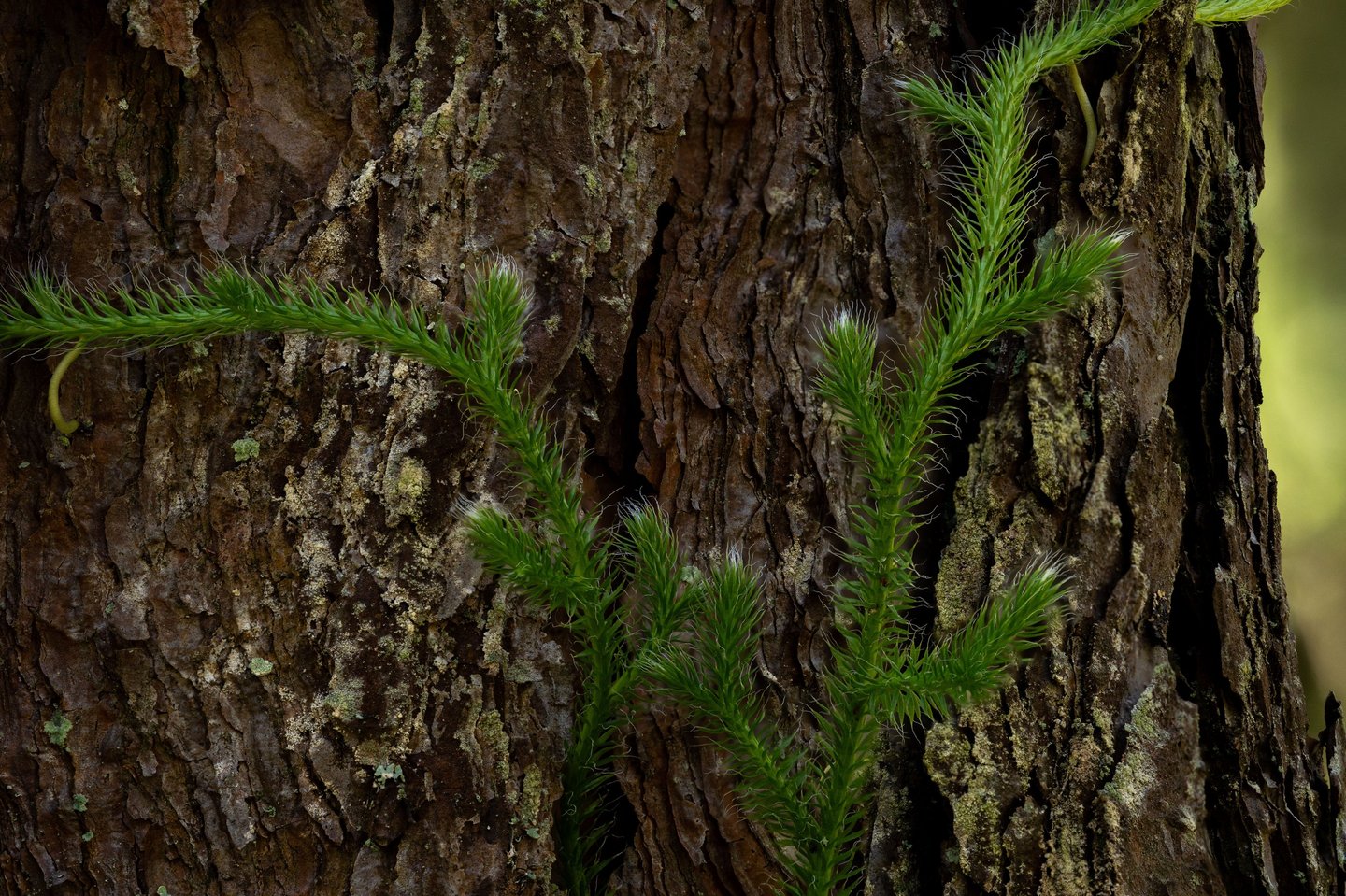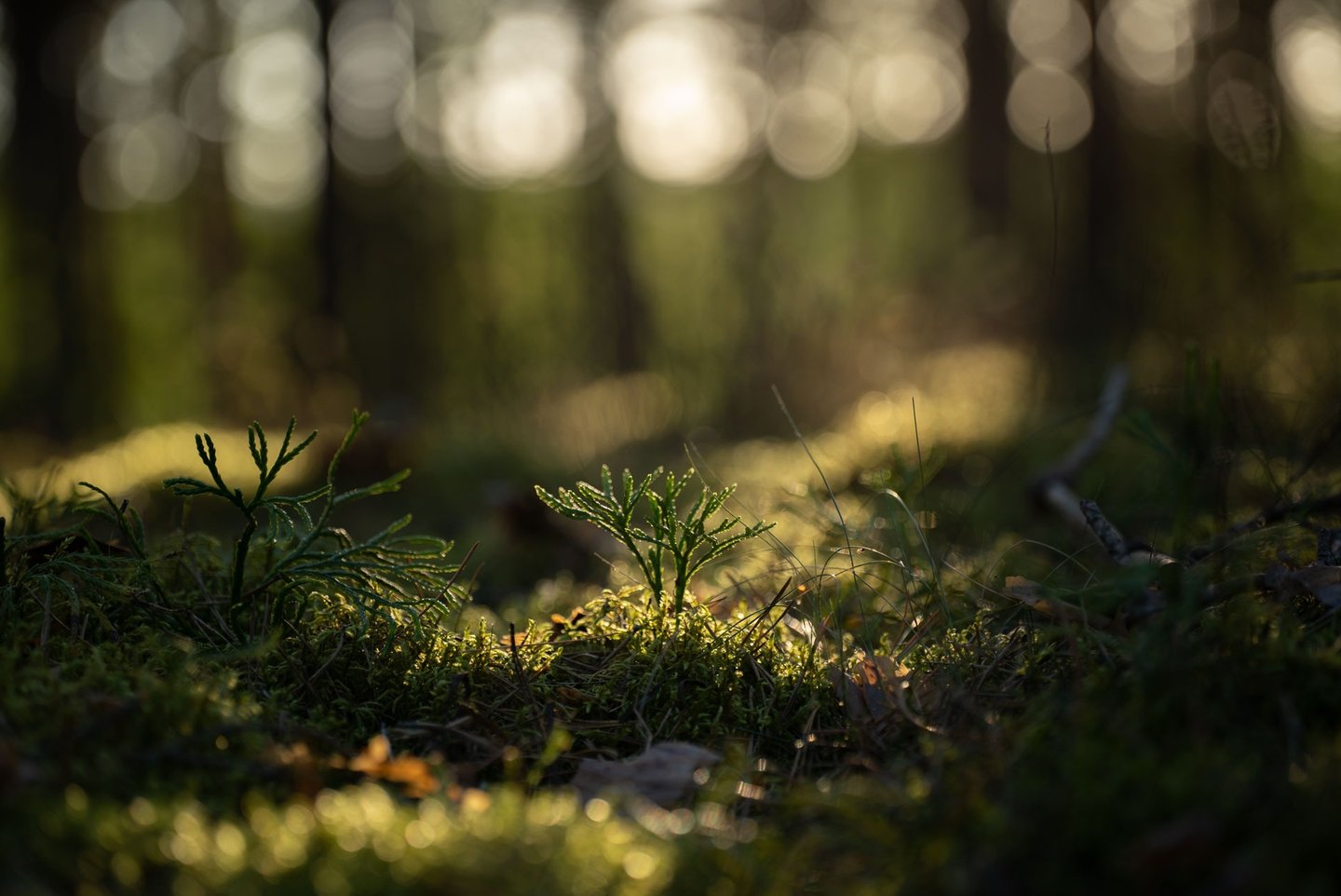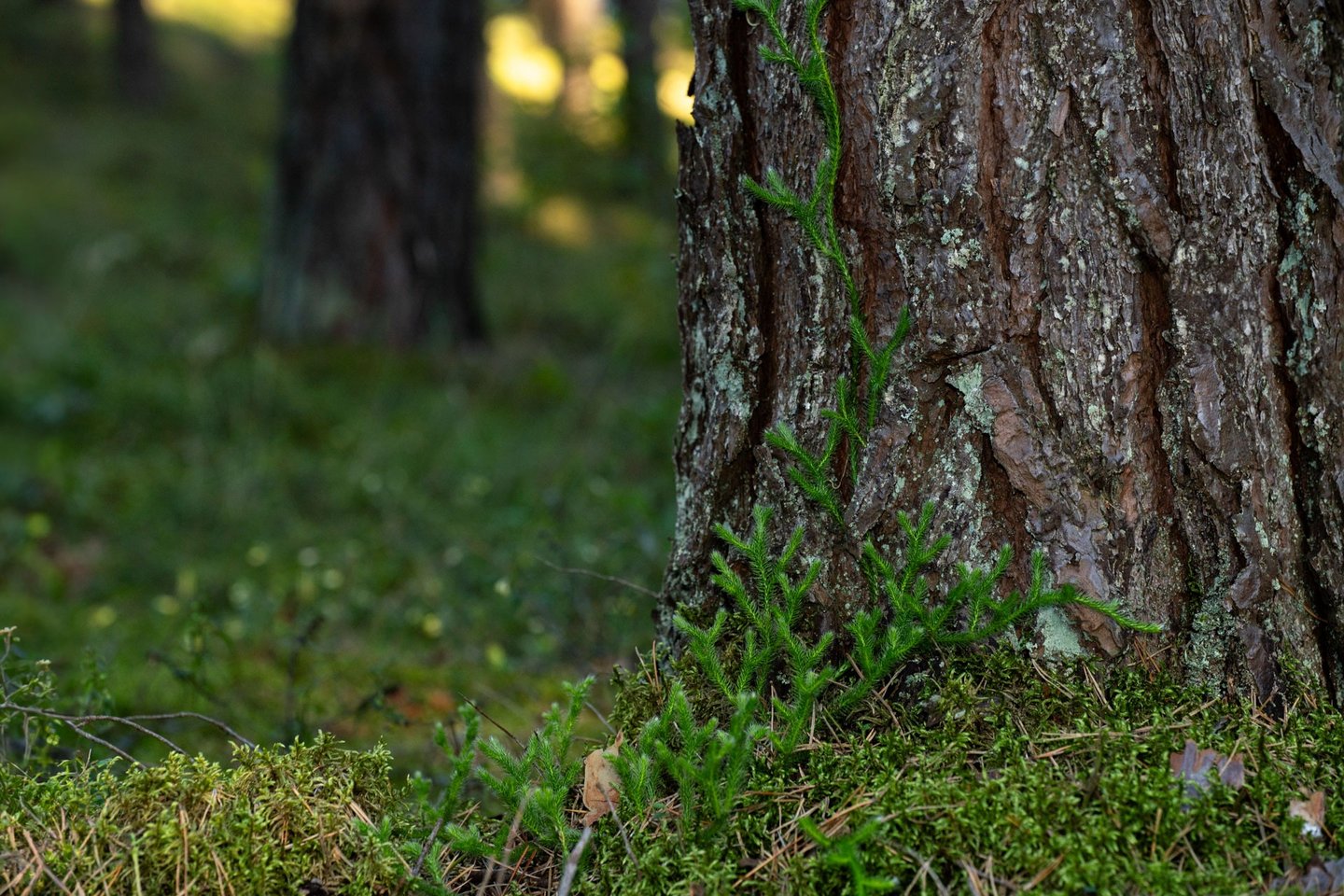LYCOPODS — THE ANCIENT WONDERS
PREVIOUS WALK&TALK
"What if we invited more folks to join us on a botanical walk and dive deep into the lives of lycopods (one of the oldest plant families) but also discuss life in general?," Radvile and I mused during our very first meet-up in the pine woods.
📍Pine woods, Gėla Lake, Vilnius
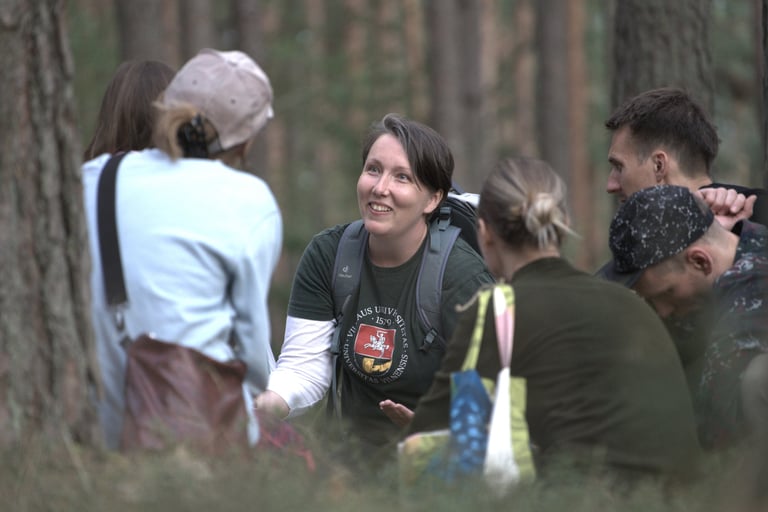

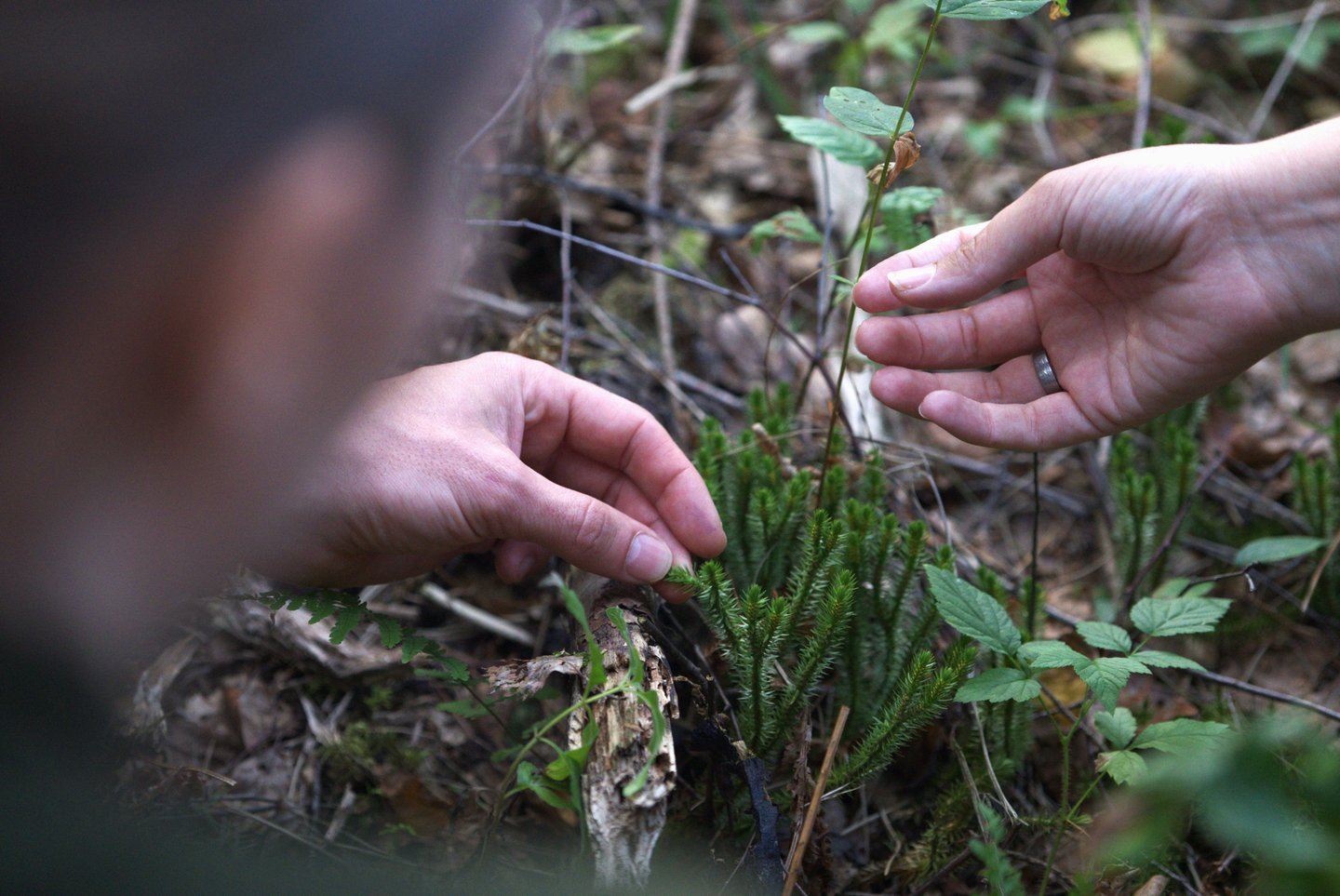

Radvile's been building this deep connection with lycopods, all while she's been nose-deep in her doctoral papers. And what's cool is her knack for turning complex science into words we all get. It's not just interesting—it transforms how we connect with these plants.
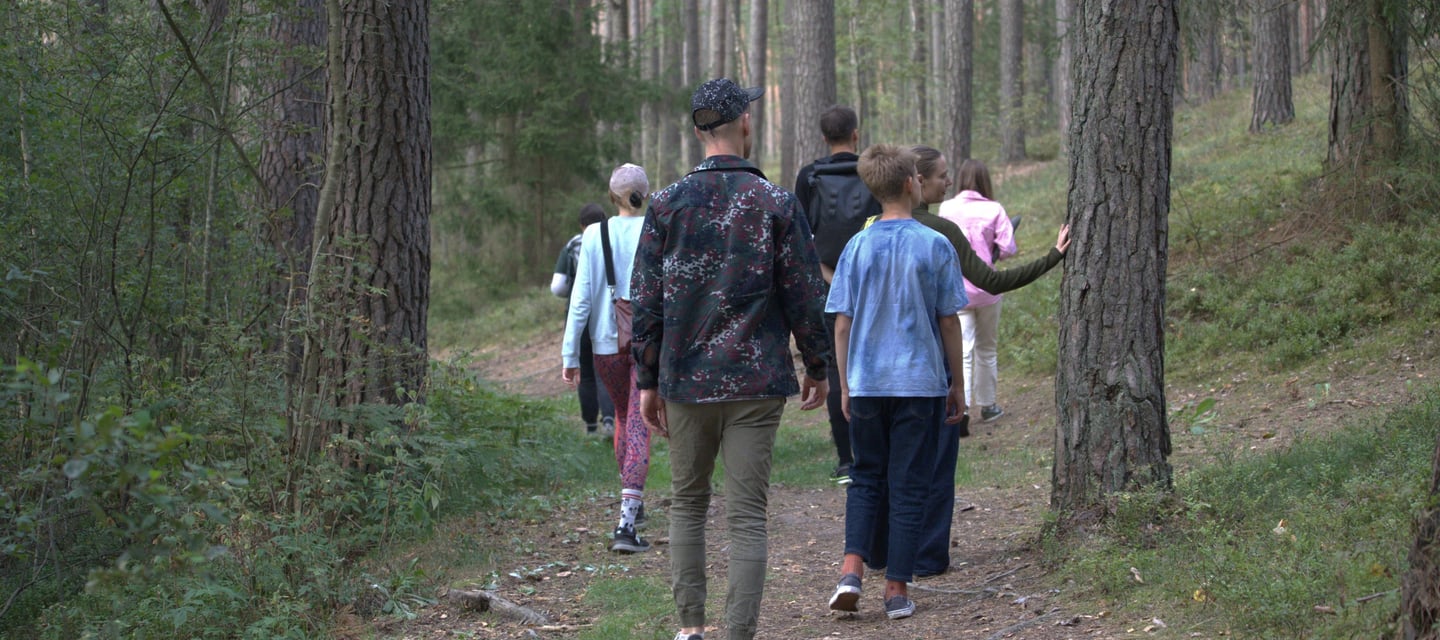

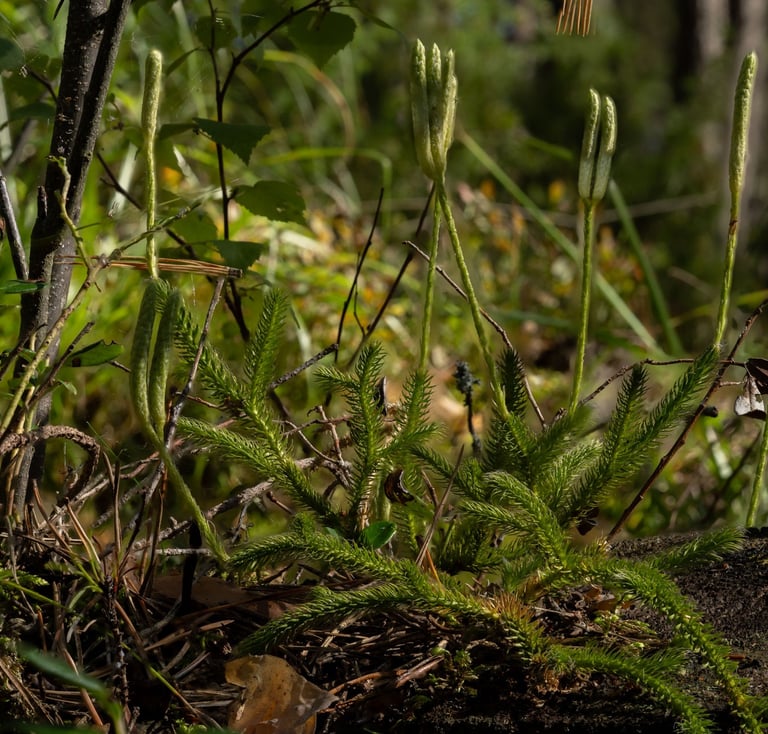

Now, fast forward a year — same month, same woods. We are accompanied by lovely humans eager to journey into the world of lycopods, those ancient botanical wonders. We had a chat about how they've influenced ecosystems both ancient and present, how they deal with stuff like resilience and adaptation (and how we as humans (not)understand it), and even their kind of mysterious methods of securing future generations.
Looks spiky, yet it's tiny leaves. Lycopods is the earliest plant group to produce leaves | Northern firmoss | Huperzia selago
Approximately 350 million years ago, lycopod ancestors stood as colossal, 30 m high trees. When they died, they fell into swamps and got buried by mud and dirt. Over a long time, the heat and pressure from the Earth turned these old lycopods into coal we use today | Running clubmoss | Lycopodium clavatum. [Picture on the right source unknown].
